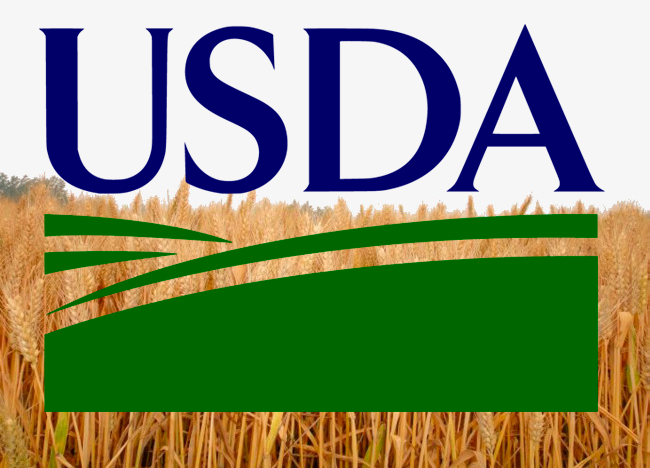USDA tops up CFAP for hog farms, offers new aid to contract producers

The outgoing Trump administration is tapping unspent Agriculture Department funding to provide coronavirus relief to contract producers for the first time while providing supplemental payments to hog farms.
Under a rule released Friday, USDA also is adjusting payments calculations for many specialty and row crop producers who have already received Coronavirus Food Assistance Program payments and is making turf grass and pullets eligible for CFAP.
The new aid could total as much as $2.3 billion, using funds left over from the first and second rounds of CFAP.
USDA officials say they won’t tap the nearly $13 billion provided by the new COVID relief package enacted in December. That mandates a third round of CFAP payments to row crop farmers and cattle producers and authorizes assistance to biofuel processors, textile mills and other processors, but decisions on making those payments are all being left to the incoming Biden administration.
Bill Northey, USDA’s outgoing undersecretary for farm production and conservation, said the decision to make payments to contract growers and to augment assistance for pork and row-crop growers was based on some authorizing language in the new COVID package as well as input the department had received from the industry as well as USDA field offices on the rules for the first two rounds of CFAP payments.
The top-up payments to pork producers totaling $150 million will be made automatically at a rate of $17 per head. The payments are intended to cover 50% of pork producers’ pandemic-related losses. Officials say producers who received the initial payments don’t need to apply for the additional funding.
Contract poultry and livestock producers can apply for payments — designed to cover 80% of their pandemic-related revenue losses — starting Tuesday. The deadline for applications is Feb. 26.
There is a similar application period for producers of turf grass and pullets, who were not previously eligible for the second round of CFAP payments. Those payments, which are expected to total about $100 million, will be based on eligible sales.
For producers who already qualified for CFAP as sales-based commodities, the department is offering to adjust the payment calculation to take into account 2019 crop insurance indemnities, Noninsured Disaster Assistance Program (NAP) payments, and disaster aid under the Wildfire and Hurricane Indemnity Program Plus. Sales commodities include fruit, vegetable and nut crops, aquaculture, tobacco, specialty livestock, nursery crops and floriculture.
Producers of those commodities who want USDA to recalculate their payment eligibility can modify their existing CFAP-2 applications starting Tuesday. Those adjustments are expected to provide about $30 million in payments.
The Farm Service Agency also will adjust the payment calculation for some producers of barley, corn, sorghum, soybeans, sunflowers, upland cotton and wheat who were covered by crop insurance but didn’t have an approved yield, or Action Production History (APH), established for 2020.
FSA has decided to use 100% of the 2019 Agriculture Risk Coverage-County Option (ARC-CO) bench mark yield to calculate payments when an APH is not available. Previously, FSA was calculating payments based on 85% of the ARC-CO bench mark yield. Eligible growers also can change their existing CFAP 2 applications between Tuesday and Feb. 26.
Read also
Wheat in Southern Brazil Impacted by Dry Weather and Frosts
Oilseed Industry. Leaders and Strategies in the Times of a Great Change
Black Sea & Danube Region: Oilseed and Vegoil Markets Within Ongoing Transfor...
Serbia. The drought will cause extremely high losses for farmers this year
2023/24 Safrinha Corn in Brazil 91% Harvested
Write to us
Our manager will contact you soon



